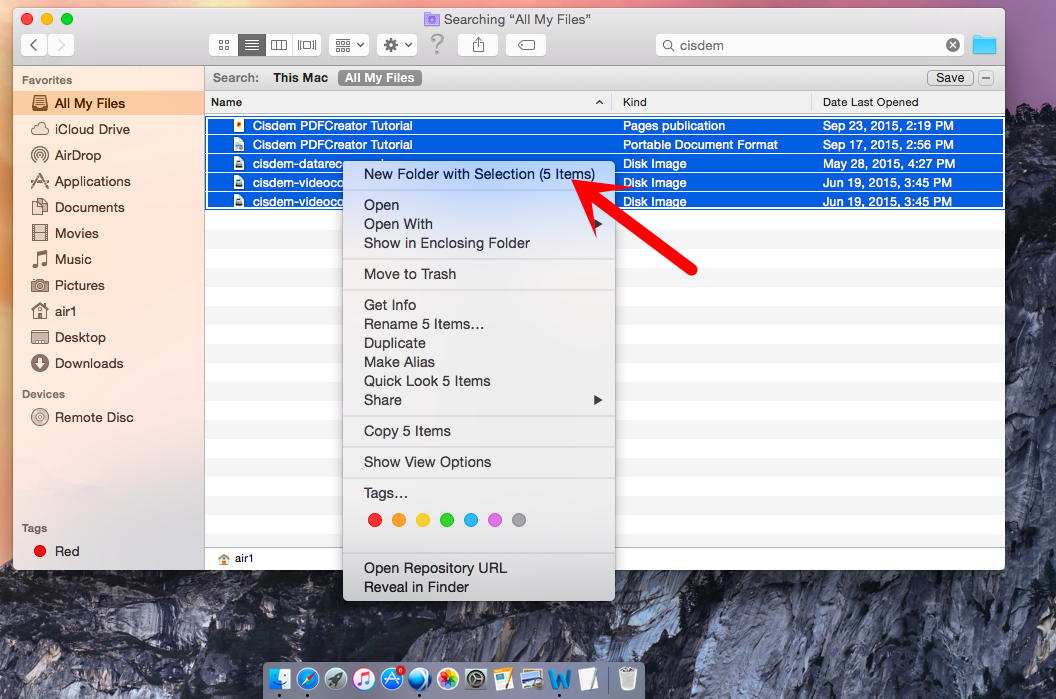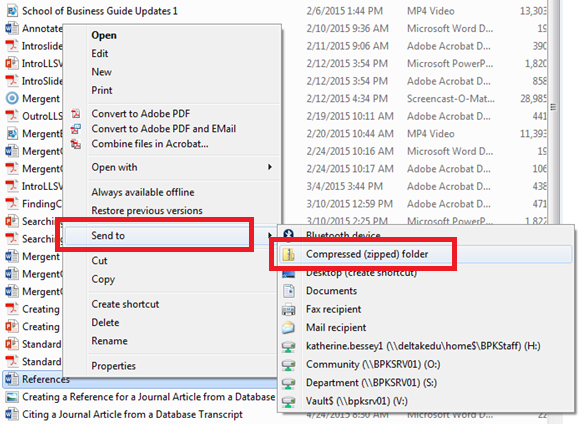

Here are some specified real-world examples of actual usage of ZIP files: ZIP files are common across a variety of business areas, including industries ranging from medical, insurance, legal, mortgage, banking and financial, scientific, equities and trading, SEO (Search Engine Optimization), and education industries. ZIP files are commonly found as both Gmail attachments and Google Drive, as well as other cloud-based storage systems such as Dropbox and Microsoft OneDrive. Today, the ZIP file format is widely supported, with billions of such files in circulation. The receiver of a a ZIP file would then use a decompression program to extract, or "unzip," the file contents onto a user's computer. It also allowed for multiple files and folders to be grouped together ("zipped") and transferred as a single ZIP file. Using ZIP compression often saved minutes or even hours off of file transfers. At that time, file transfer speeds were much slower than today. The ZIP file format dates to the late 1980s when it received heavy use in pre-internet-era Bulletin Board Systems (BBSes). The ZIP file format is very popular for efficiently storing and transferring groups of files in a variety of business and personal applications. The files and/or folders will be extracted to the same location as the archive.ZIP files group together one or more files into a single file, called an archive, while at the same time compressing them and making them smaller. Unzipping a compressed archive is as easy as double-clicking on the zip file. If you compressed more than one file or folder, the zip archive will be named "Archive.zip" by default. If you compressed a single file, the zip archive takes the same name and adds a zip extension. Locate the newly created zip file in the same directory as the original files and/or folders.Select Compress or Compress X Items from the contextual dropdown menu.Alternately, drag a selection box over several files and/or folders with your cursor by holding down the left mouse button or pressing down on the trackpad. Right-click (or Control-click) on the file or folder you want to compress.Click the Finder icon in your Mac's Dock to make sure it's the active application.That's because Apple includes a built-in ability to zip files on your Mac, allowing you to quickly compress single files, groups of files, or entire folders.

Whatever your use case, the good news is that there's no need to download additional software to compress files in macOS. People compress or "zip" electronic files for different reasons – to make them easier to transport electronically, to organize their backups, or to save device storage space, for example.


 0 kommentar(er)
0 kommentar(er)
